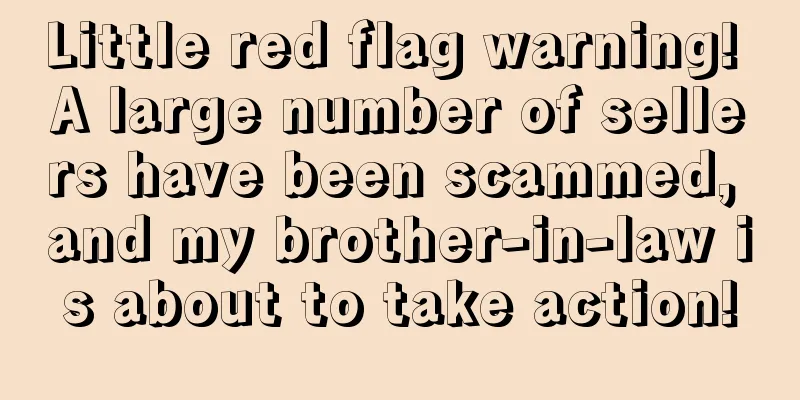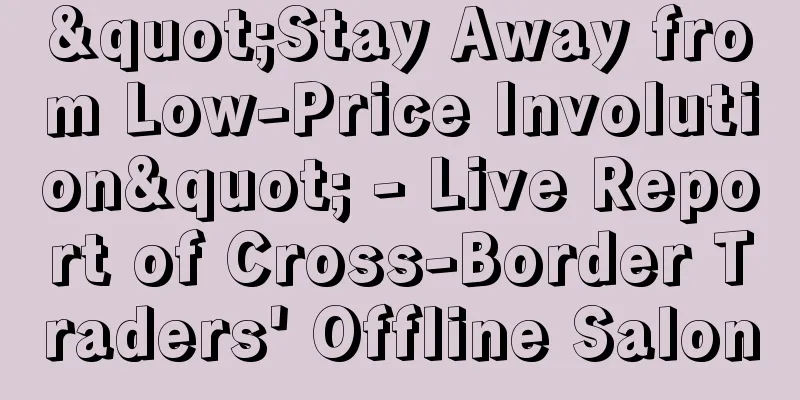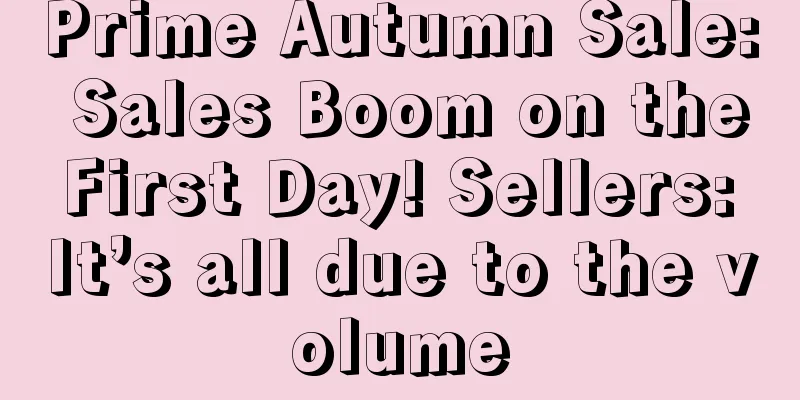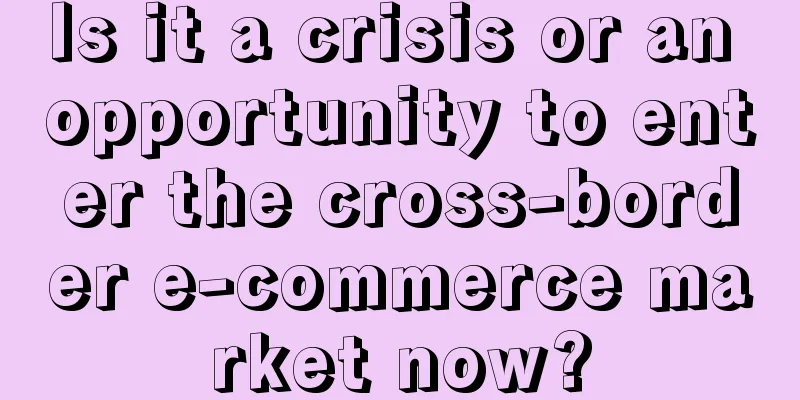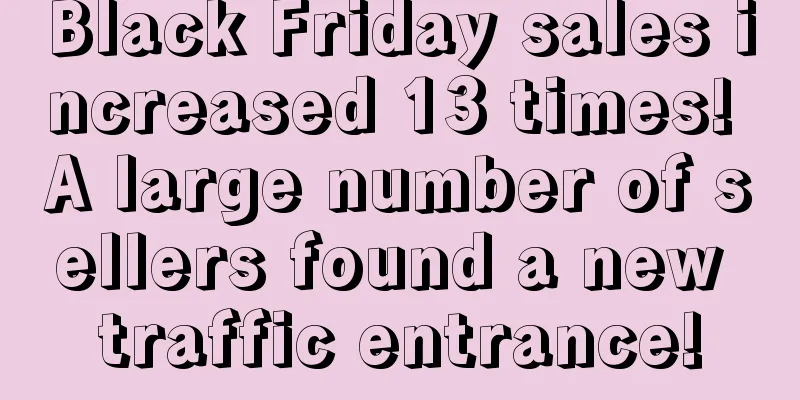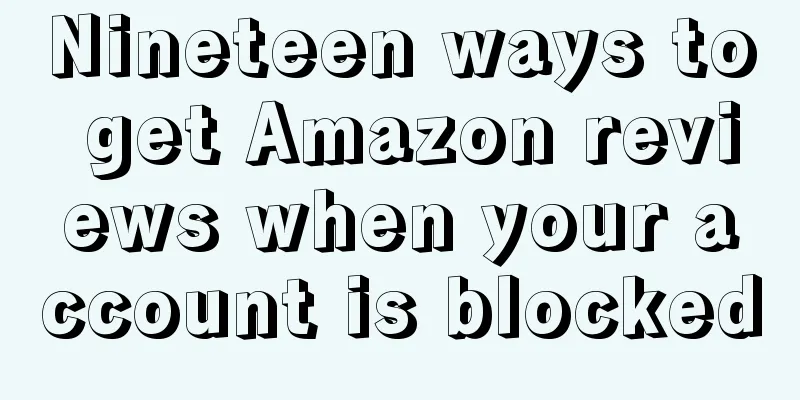Recently, when sellers opened the Amazon backend, they were very upset because the small red flag that had not been seen for a long time appeared again. When they opened it, they found it was a warning letter about manipulating reviews.
Screenshot of the warning letter received by the seller A large number of sellers received warning letters Many sellers said they received this email: Seller A: “I received it on both accounts. I was so scared.” Seller B: “I also received the email. It’s so confusing. I received the email even though I didn’t fake the order. It’s really scary.” Seller C: “I received it too. Both of the new store’s early reviewer programs are here to cause trouble!” According to the sellers, those who did not fake orders also received the email, and some sellers who did not upload products also reported receiving it. Some sellers speculated that this warning letter was probably sent by Amazon robots, and that Amazon would send a wave of warning letters every once in a while. This was Amazon phishing, so there was no need to worry too much. Regarding this conclusion, some sellers have summed up the "Four No Principles": Don't reply, don't admit, never reply, never admit, then stop and slowly review again . (The above screenshots are all from the Zhiwubuyan community) However, some sellers said they did not receive any emails. Based on the current situation, it is still not 100% certain whether it is a mass email sent by Amazon, but what is certain is that Amazon is stepping up its efforts to crack down on fake reviews . Sellers should hold off on running reviews in the near future, and do not reply to warning letters received. What are the pitfalls in the order-brushing evaluation? In the operation of e-commerce, whether it is domestic or foreign platforms, fake orders have become a topic that cannot be avoided. For some e-commerce sellers, fake orders have become an unspoken "routine" operating method, which has also spawned a large number of evaluation service providers. You can often see a lot of ads for Amazon real-person reviews on WeChat Moments, but there are a lot of mixed reviews providers, and many of them use their own machine-generated reviews. For inexperienced Amazon sellers, it is difficult to distinguish whether they are real-person reviews or machine-generated reviews. Chenzi has also heard about some pitfalls that many sellers encounter when looking for service providers to evaluate. Here are some ways to distinguish between real-person evaluations and machine-generated evaluations:
1. Whether chat records can be provided. Although some service providers can also forge chat screenshots, they can also be used as an auxiliary means to distinguish whether it is a real person evaluation; 2. Can the seller refund the money by PayPal himself? Because there may be other channels to purchase American PayPal, but this situation is rare. On the other hand, if the seller refunds the money to the buyer's PayPal account instead of transferring it to a third-party intermediary, it can prevent some unscrupulous intermediaries from not returning the money to the buyer after receiving it; 3. Whether the seller needs to provide reviews. The service provider may tell you that the quality of the reviews provided is better because buyers cannot think of anything to write about themselves. However, in reality, buyers are rarely willing to leave reviews using the provided reviews. 4. Whether the buyer can upload pictures and videos, or whether we can randomly check and ask the buyer to send pictures of the goods; 5. Whether it can generate stable orders. Generally speaking, if the order volume is large, you need to be cautious, because it is difficult for real-person evaluation to generate stable orders, even if there are tens of thousands of fans. 6. Ask whether the time for posting reviews can be guaranteed and whether it can be well controlled. How many reviews can be posted every day? Generally speaking, reviews that are posted very stably may be faked by machines, because real people are too uncontrollable. 7. Based on the review rate, the review rate of general service providers will not be too high, because they need to introduce new resources through advertising, and these new buyers cannot be guaranteed to leave reviews if they have never cooperated with them. The above is some sharing on how to distinguish between real-person reviews and machine-generated reviews. I hope it can help sellers avoid some pitfalls in daily life. However, Chenzi still wants to say that sellers who have review plans in the near future should pause first. Let me quote a seller again: "Don't post good reviews, don't urge for reviews, and don't care about bad reviews. After fighting wits and courage with your brother-in-law, it's time to be more restrained and low-key." (Source: Seller Growth Academy) |
